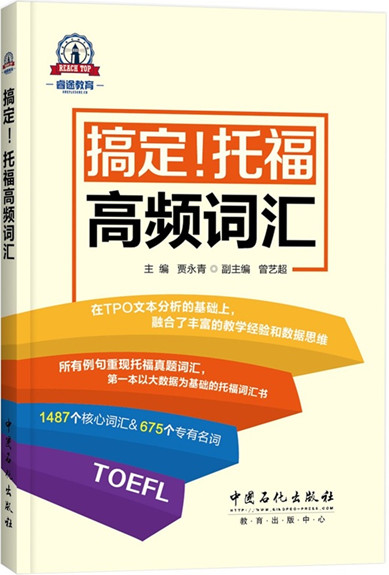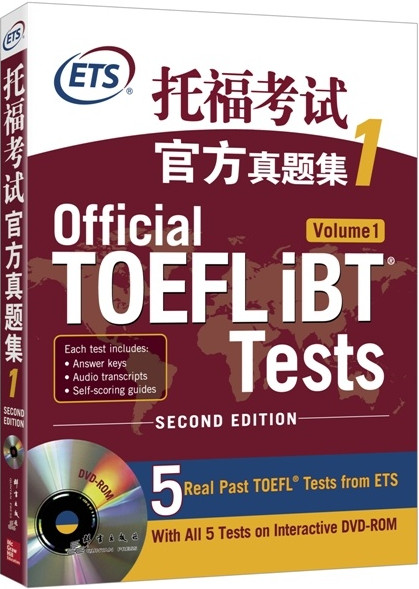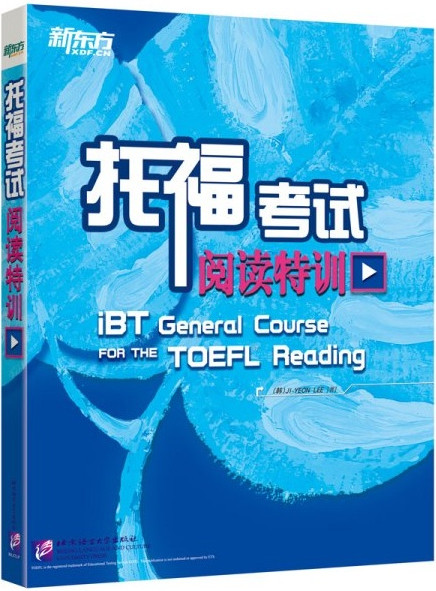参考答案:
This is a Vocabulary question. The word being tested is threatened. It is highlighted in the passage. To threaten means to speak or act as if you will cause harm to someone or something. The object of the threat is in danger of being hurt, so the correct answer is choice 2, "endangered."
This is a Factual Information question asking for specific information that can be found in paragraph 3. The correct answer is choice 2, reduced water absorption. The paragraph explicitly states that the reduction of vegetation greatly reduces water absorption. Choice 4, reduced water runoff, explicitly contradicts the paragraph, so it is incorrect. The "spaces in the soil" are mentioned in another context: the paragraph does not say that they increase, so choice 3 is incorrect. The paragraph does not mention choice 1.
This is a Vocabulary question. The word being tested is delicate. It is highlighted in the passage. The correct answer is choice 1, "fragile," meaning "easily broken." Delicate has the same meaning as "fragile."
This is a Factual Information question asking for specific information that can be found in paragraph 5. The correct answer is choice 1: border areas have difficulty "adjusting to stresses created by settlement." The paragraph says that "expanding populations," or settlement, subject border areas to "pressures," or stress, that the land may not "be able to respond to." Choice 2 is incorrect because the paragraph does not discuss "fertility" after desertification. Choice 3 is also incorrect because "irrigation" is not mentioned here. The paragraph mentions "increasing populations" but not the difficulty of "attracting populations," so choice 4 is incorrect.
This is a Vocabulary question. The word being tested is progressively. It is highlighted in the passage. The correct answer is choice 4, "increasingly." Progressively as it is used here means "more," and "more" of something means that it is increasing.
This is a Factual Information question asking for specific information that can be found in paragraph 6. The correct answer is choice 3, "removal of the original vegetation." Sentence 4 of this paragraph says that "the raising of most crops necessitates the prior removal of the natural vegetation," an explicit statement of answer choice 3. Choice 1, lack of proper irrigation techniques, is incorrect because the paragraph mentions only "overirrigation" as a cause of desertification. No irrigation "techniques" are discussed. Choices 2 and 4, failure to plant suitable crops and use of animal waste, are not discussed.
his is a Vocabulary question. A phrase is being tested here, and all of the answer choices are phrases. The phrase is "devoid of." It is highlighted in the passage. "Devoid of' means "without," so the correct answer is choice 4, "lacking in." If you lack something that means you are without that thing.
This is a Factual Information question asking for specific information that can be found in paragraph 9. The correct answer is choice 4, "bring salts to the surface." The paragraph says that the final human cause of desertification is salinization resulting from overirrigation. The paragraph goes on to say that the overirrigation causes the water table to rise, bringing salts to the surface. There is no mention of the process "interfering" with or "limiting" irrigation, or of the "amount of air" the soil is required to absorb, so choices 1,2, and 3 are all incorrect.
This is a Negative Factual Information question asking for specific information that can be found in the passage. Choice 3, "insufficient irrigation," is the correct answer. Choice 1, "soil erosion," is explicitly mentioned in paragraph 2 as one of the primary causes of desertification, so it is not the correct answer. Choice 2, "global warning," is mentioned as a cause of desertification in paragraph 4, so it is incorrect. Choice 4, "raising of livestock," is described in paragraph 7 as another cause of desertification, so it is incorrect. The passage includes excessive irrigation as a cause of desertification, but not its opposite, insufficient irrigation, so that is the correct answer.
This is a Sentence Simplification question. As with all of these items, a single sentence in the passage is highlighted:
The extreme seriousness of desertification results from the vast areas of land and the tremendous numbers of people affected, as well as from the great difficulty of reversing or even slowing the process.
The correct answer is choice 1. That choice contains all of the essential information in the highlighted sentence and does not change its meaning. The only substantive difference between choice 1 and the tested sentence is the order in which he information is presented. Two clauses in the highlighted sentence, "The great difficulty of reversing the process" and "the numbers of people affected," have simply been reversed; no meaning has been changed, and no information has been removed. Choices 2,3, and 4 are all incorrect because they change the meaning of the highlighted sentence.
This is an Inference question asking for an inference that can be supported by the passage. The correct answer is choice 3; the passage suggests that the author believes "Desertification will continue to increase." The last paragraph of the passage says that slowing or reversing the erosion process will be very difficult, but that it may occur in those areas that are not too affected already if rigorously enforced anti-erosion processes are implemented. Taken together, this suggests that the author is not confident this until happen; therefore, it can be inferred that he thinks erosion will continue.
The passage provides no basis for inferring choices
This is an Insert Text question. You can see the four black squares in paragraph
7 that represent the possible answer choices here:
The raising of live stock is a major economic activity in semiarid lands, where grasses are generally the dominant type of natural vegetation. The consequences of an excessive number of livestock grazing in an area are the reduction of the vegetation cover and the trampling and pulverization of the soil. This is usually followed by the drying of the soil and accelerated erosion.
The sentence provided, "This economic reliance on livestock in certain regions makes large tracts of land susceptible to overgrazing," is best inserted at Square 2. The inserted sentence refers explicitly to relying on "livestock in certain regions." Those regions are the ones described in the sentence preceding square2, which states that raising livestock is "a major economic activity in semiarid lands." The inserted sentence then explains that this reliance "makes large tracts of land susceptible to overgrazing. " The sentence that follows square 2 goes on to say that "The consequences of an excessive number of livestock grazing in an area are. . ." Thus, the inserted sentence contains references to both the sentence before square 2 and the sentence after square 2. This is not true of any of the other possible insert points, so square 2 is correct.
This is a Prose Summary question. It is completed correctly below. The correct choices are 1, 3, and 4. Choices 2, 5, and 6 are therefore incorrect.
- 05-22·2018年托福阅读练习试题汇总
- 05-11·2018年托福阅读材料之天文常识
- 04-06·2018年托福考试阅读试题(二)
- 04-05·2018年托福考试阅读试题(一)
- 03-31·2018年托福阅读练习试题:美国汽车城底特律
- 05-222018年托福阅读练习试题汇总
- 05-112018年托福阅读材料之天文常识
- 02-102018年托福阅读模拟试题汇总(15套)
- 11-302017年托福阅读模拟试题汇总
- 11-242017年托福阅读模拟试题:费城
编辑推荐
- 模拟试题
- 历年真题





